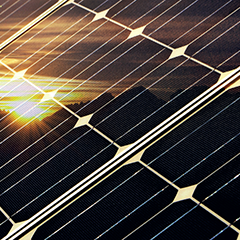As costs fall, the importance of solar power to senior executives is rising.
Is there a downside to the continued ascent of our industry? The shifting
sands of the global economy might suggest so…
The economics of solar power are improving. It is a far more cost-competitive power source today than it was in the mid-2000s, when installations and manufacturing were taking off, subsidies were generous, and investors were piling in. Consumption continued rising even as the MAC Global Solar Energy Index fell by 50 percent between 2011 and the end of 2013, a period when dozens of solar companies went bankrupt, shut down, or changed hands at fire-sale prices.
The bottom line: the financial crisis, cheap natural gas, subsidy cuts by cash-strapped governments, and a flood of imports from Chinese solar-panel manufacturers have profoundly challenged the industry’s short-term performance. But they haven’t undermined its potential; indeed, global installations have continued to rise-by over 50 percent a year, on average, since 2006.
The industry is poised to assume a bigger role in global energy markets; as it evolves, its impact on businesses and consumers will be significant and widespread. Utilities will probably be the first, but far from the only, major sector to feel solar’s disruptive potential.
Economic fundamentals
Sharply declining costs are the key to
this potential. The price US residential consumers pay to install rooftop solar PV (photovoltaic) systems has plummeted from nearly $7 per watt peak of best-in-class system capacity in 2008 to $4 or less in 2013. Most of this decline has been the result of steep reductions in upstream (or “hard”) costs, chiefly equipment. Module costs, for example, fell by nearly 30 percent a year between 2008 and 2013, while cumulative installations soared from
























